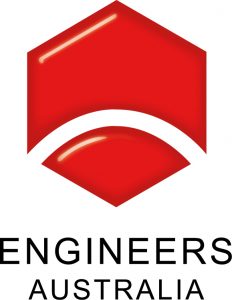

AN UPDATE ON DIGITAL FABRICATION, PREFABRICATION AND MANUFACTURING AUTOMATION TECHNOLOGIES RESEARCH BY THE FUTURE TIMBER HUB (UNIVERSITY OF QUEENSLAND).
The Future Timber Hub at the University of Queensland has reached a number of milestones in its research on digital fabrication, prefabrication and manufacturing automation technologies.
3D printing and affiliated rapid prototyping technologies have captured the public’s imagination in recent years, with their increasingly widespread availability said by many to indicate the transition from the third (digital factory) to the fourth (smart factory) industrial revolution. A corresponding rise in demand has been seen for skills and methodologies that can develop and harness the potential of these technologies.
Dr Joe Gattas, a Lecturer at University of Queensland, who has worked across the Hub’s projects, confirms an interesting optimisation strategy is being pursued through the project: ‘Prefabrication and digital fabrication strategies for large-scale timber construction.’ The project proposes to use integrated digital design and fabrication processes to look for efficiencies in the delivery of typical prefabricated mass timber structures, including, for example, glulam trusses and post and beam frames. A truss digital workflow has been developed that includes scripted modules for geometry generation, structural analysis and member design to both structural and fire loads. The script also includes connection design, 3D model and BIM IFC file generation for building documentation deliverables.
A second optimisation strategy being pursued through the Future Timber Hub Project is: ‘Alternative uses for under-valued sawmill products in innovative timber structures.’ This tool was developed to increase the yield of structural grade timber from otherwise undervalued or low grade members with frequent ‘defects’ or ‘features’. Medium to long length framing members containing multiple knots, checks and wane are scanned at the saw mill. Scan data for each member in a pack of undervalued framing timber is analysed automatically through a MATLAB script, (MATLAB is a programming platform designed specifically for engineers and scientists) generating a digital inventory of usable lengths after defects are cut out. Using digital design software, truss chord and web members are selected through a solver-based optimisation routine selecting ‘best fit’ permutations from the given inventory. Timber joints are modelled automatically in three dimensions and provide toolpath geometries to be mass-customised via CNC machining.
“Using digital design software, truss chord and web members are selected through a solver-based optimisation routine selecting ‘best fit’ permutations from the given inventory. Timber joints are modelled automatically in three dimensions and provide toolpath geometries to be mass-customised via CNC machining.” Dr Joe Gattas, Future Timber Hub, University of Queensland.
Another project investigates the development of a digital form finding model that combines the generation of funicular geometry with a material inventory constraint. The model provides a flexible design tool that facilitates exploration of structural form whilst simultaneously satisfying two rationalising criteria. It maintains an equilibrated structure derived from funicular geometry (a funicular structure could be said to be a structure which can achieve equilibrium by adopting a mechanism of a ‘right’ form (shape/geometry) corresponding to the applied loads) and optimally assigns an inventory of parts with natural dimensional variation to this funicular geometry. The combined goal for the design outcome is to achieve material efficiency through both structurally rational form, and minimisation of material waste.
This article was contributed by Dr Lisa-M. Ottenhaus, Lecturer in Structural Engineering, School of Civil Engineering,
University of Queensland (UQ). The research was coordinated and supervised by Dr Joe Gattas, A. Prof Dilum Fernando and Mr Kim Bader (UQ).■
